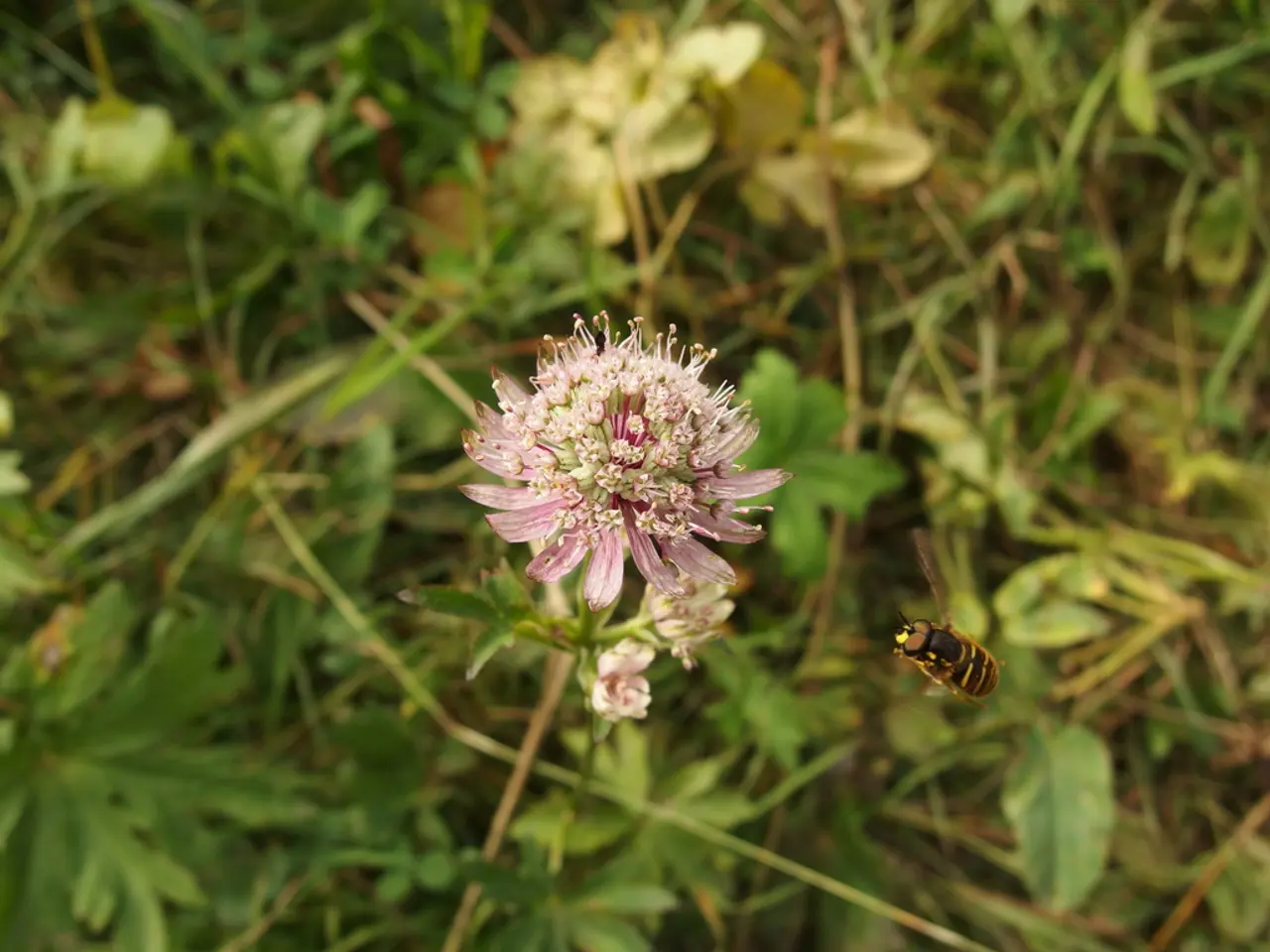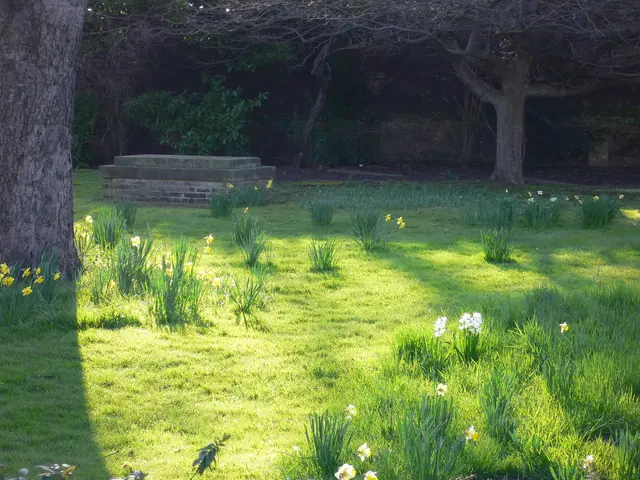Take immediate action for garden pest control in the upcoming year: Advice for a pest-free garden in the spring ahead
In the approach to the colder months, maintaining a healthy and pest-free garden is crucial for a successful growing season ahead. Here are key strategies focusing on plant debris removal, crop rotation, soil management, and equipment sanitation to effectively prevent garden pests in the fall.
### 1. Plant Debris Removal (Sanitation)
Promptly removing plant debris and weeds after harvest and before planting new crops is essential for eliminating overwintering sites for pests and diseases in the soil or plant matter. Cleaning garden beds reduces shelter and breeding grounds for insects and rodents, lowering pest populations and disease transmission risks.
### 2. Crop Rotation
Rotating crops disrupts the life cycles of pests that prefer certain plant families. By avoiding planting crops from the same family in the same area in consecutive years, we can reduce pest buildup in soil and help maintain soil health. Incorporating native or pest-resistant plants where possible enhances natural defenses.
### 3. Soil Management
Managing soil health supports strong plant growth and resilience against pests. Healthy soil with balanced nutrients and good structure can reduce pest damage. Removing diseased plants and practicing roguing (cutting out infected plants) prevents the spread of soil-borne pathogens. Soil preparation, including adding organic matter, helps maintain a soil ecosystem that supports beneficial organisms that naturally suppress pests.
### 4. Equipment and Garden Hygiene (Sanitation)
Thoroughly cleaning all gardening tools and equipment after use is vital to avoid transferring pests or diseases to new plantings. Disinfect tools, pots, and seed trays, especially if disease was present in the previous season. Avoid moving soil or plant material from infected areas to clean parts of the garden.
### Additional Preventive Practices
- Use row covers as a physical barrier to protect plants from insects and rodents. Ensure proper ventilation to prevent fungal growth. - Implement mechanical controls like traps or hand removal for existing pests. - Regularly monitor for pest presence and signs of damage, adjusting preventative measures accordingly.
Integrating these methods in the fall not only reduces pest populations but also builds a healthier garden environment for the coming growing season.
**Summary Table:**
| Prevention Method | Key Actions | Benefits | |-------------------------|----------------------------------------------------------|---------------------------------| | Plant Debris Removal | Remove old plant matter and weeds post-harvest | Reduces overwintering pests | | Crop Rotation | Rotate plant families annually | Disrupts pest life cycles | | Soil Management | Improve soil health; remove diseased plants | Enhances plant resistance | | Equipment Sanitation | Clean and disinfect tools and equipment | Prevents cross-contamination | | Physical Barriers | Use row covers to shield plants | Blocks insects and rodents |
Following this comprehensive approach will significantly lower pest risks in your fall garden and prepare it for a healthy next season. Use a 10 percent bleach solution to disinfect garden tools and structures.
Teo Spengler, a master gardener and docent at the San Francisco Botanical Garden, has extensive experience gardening in a range of climates, having been raised in Alaska. With over two decades of studying horticulture and writing about nature, trees, plants, and gardening, Teo splits her life between San Francisco and the French Basque Country.
Organizing home-and-garden tasks for autumn includes the practice of gardening, such as implementing strategies for sanitation, like the removal of plant debris, and equipment cleaning, to eliminate pests' hiding spots and prevent cross-contamination.
By choosing pest-resistant plants and adopting crop rotation in the home-and-garden, it becomes possible to disturb the life cycles of troublesome pests and promote a healthier lifestyle in the garden, which ultimately leads to a more successful growing season ahead.








